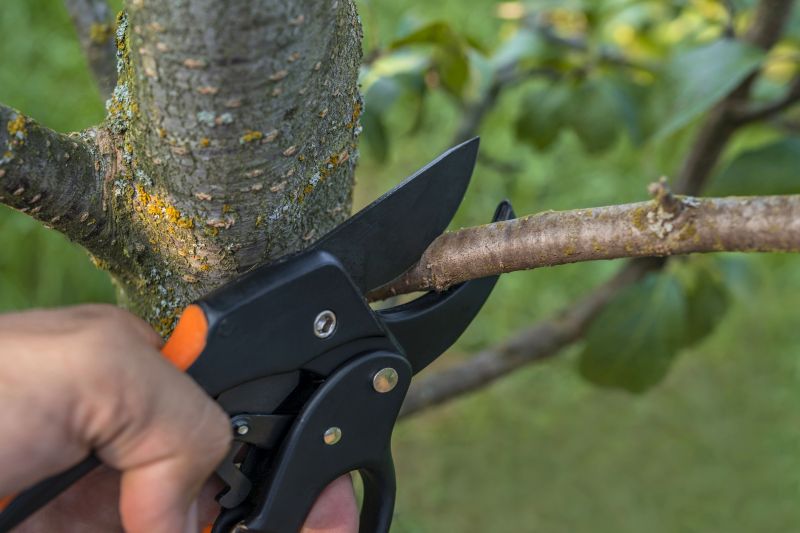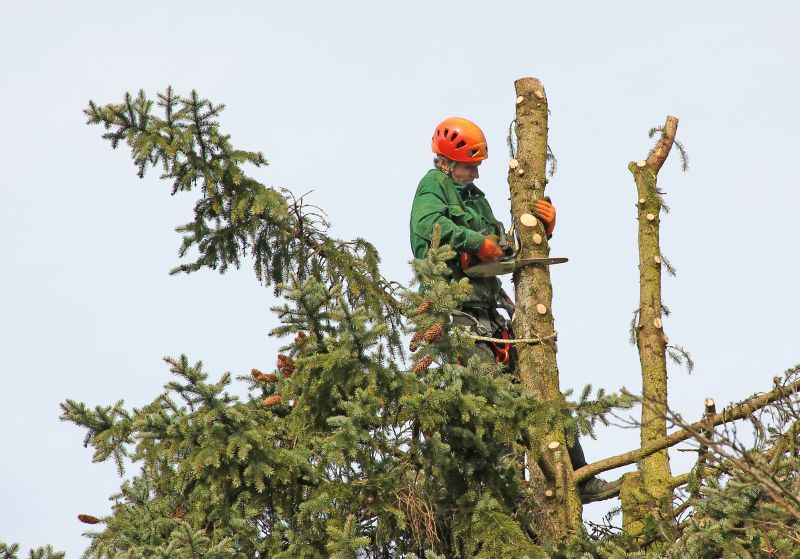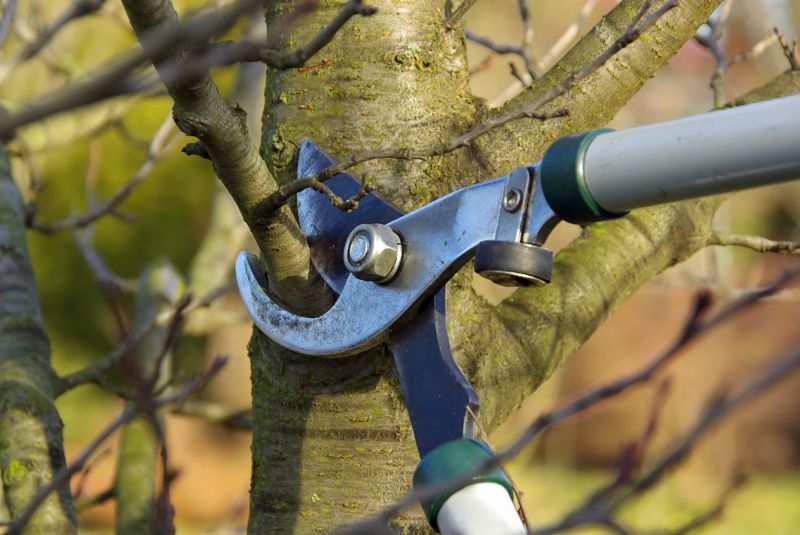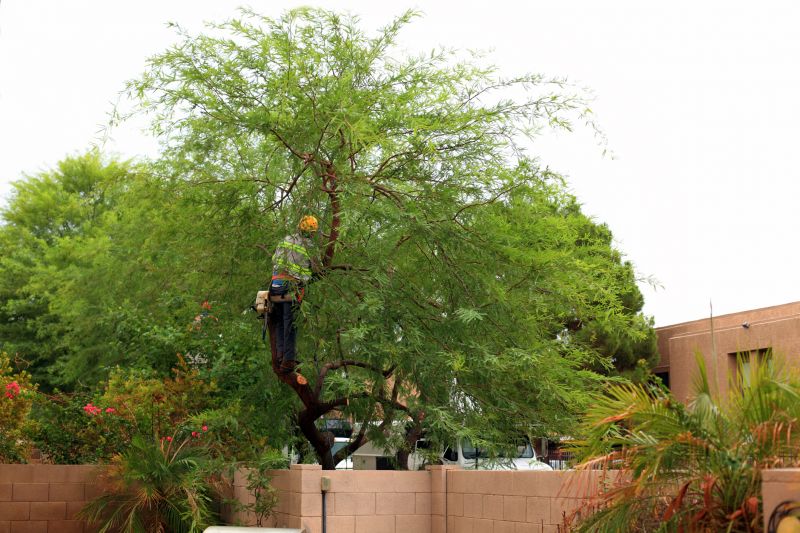Optimal Seasons for Tree Trimming
Tree trimmings are essential for maintaining healthy, attractive trees. Proper timing ensures optimal growth, disease prevention, and safety. Understanding seasonal patterns and tree species needs helps determine the ideal periods for trimming.
Ideal for shaping trees and removing dead branches after dormancy ends. Promotes healthy growth and flowering for many species.
Useful for thinning dense canopies and controlling growth. Should be done carefully to avoid stress during hot weather.
Prepares trees for winter by removing weak or diseased branches. Helps prevent storm damage.
Best for deciduous trees when they are leafless. Allows for clear visibility and reduces disease risk.

Tree trimming in spring supports healthy growth and flowering.

Summer trimming helps manage tree density during peak growth.

Fall trimming prepares trees for winter weather.
| Season | Best for |
|---|---|
| Spring | Shaping and promoting flowering |
| Summer | Thinning and growth control |
| Fall | Disease prevention and storm readiness |
| Winter | Deciduous tree trimming |
Statistics indicate that regular tree trimmings can extend a tree's lifespan by reducing stress and preventing decay. For example, studies show that properly pruned trees experience fewer structural issues and are less susceptible to pests. Seasonal trimming schedules align with natural growth cycles, ensuring trees receive appropriate care at the right times.

Proper tools are essential for effective trimming.

Regular trimming supports vigorous growth.

Correct pruning methods prevent damage.

Adapting trimming to seasons ensures health.
Interested in scheduling tree trimmings? Filling out the contact form can provide more information and help plan the best trimming schedule for specific trees and landscape needs in Powell, OH.
